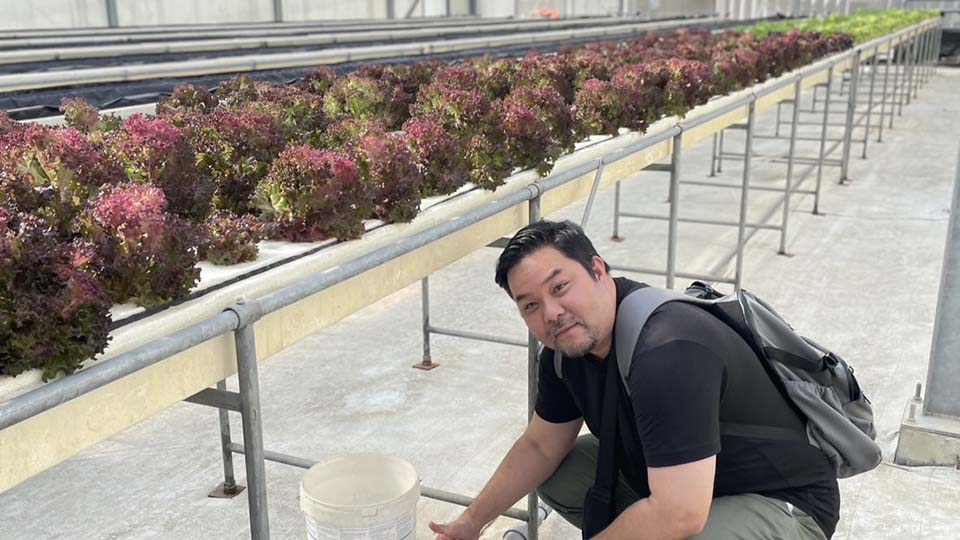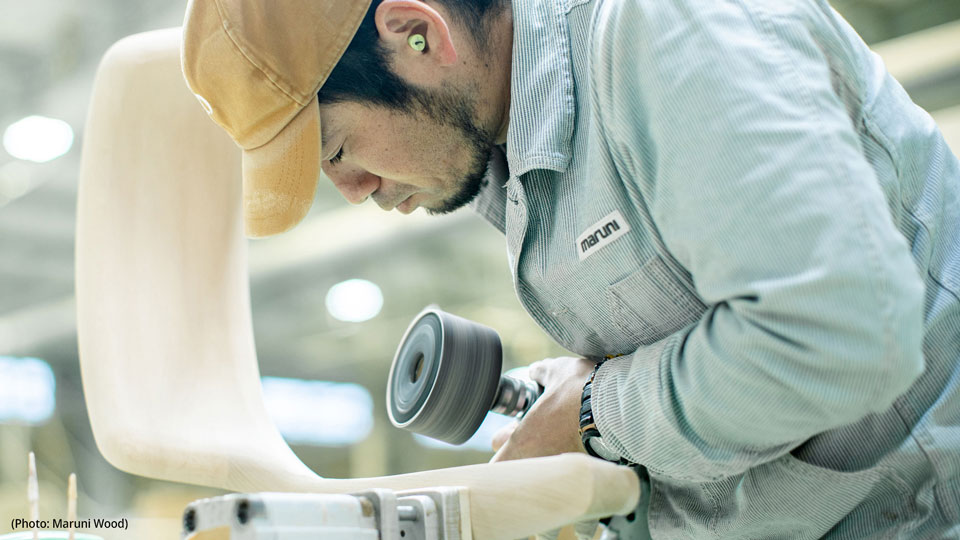As the effects of climate change become ever more pronounced, the need to abandon fossil fuels and adopt alternative and renewable sources of energy is increasingly recognized as a vital step for all countries to take. Being a nation with limited natural resources, Japan has long been on the lookout for alternative sources of energy – from nuclear to hydroelectric. Now, state-of-the-art innovation from a Japanese energy company is introducing the world to a new green fuel: hydrogen.
Hydrogen: the miracle fuel?
Hydrogen is a colorless, odorless, and extraordinarily abundant element – scientists estimate that three quarters of the entire universe is composed of hydrogen atoms. In recent decades, it has also generated a lot of interest as a potential “miracle fuel” for cars, homes, and many other applications. Unlike fossil fuels, which produce greenhouse gases when burnt, the only byproduct of burning hydrogen is water. Successfully harnessed, this single element could revolutionize global energy production.
There are problems with this vision, however. Burning hydrogen may not produce harmful greenhouse gases, but producing it often does. Currently, hydrogen is mostly derived from fossil fuels, such as natural gas, oil, and coal. Ironically, growing interest in hydrogen fuel has, in some cases, reinforced our dependence on highly polluting and unsustainable resources.
Japan Blue Energy
Enter Japan Blue Energy Co., Ltd. (JBEC). Established in 1975 as a consultancy firm for the local industry, alternative energy, and materials recycling, this company is now at the forefront of carbon-neutral hydrogen production. JBEC began its transition from consulting to technology research and development at the turn of the 21st century, just as the potential of alternative fuels was being realized. In 1998, Sweden unveiled the world’s first biomass power plant in Värnamo, which utilizes a chemical process known as gasification to transform wood into a hydrogen-bearing gas called synthesis gas – or syngas, for short. In 2001, Iceland declared its intention to decarbonize by transitioning to hydrogen-fueled vehicles.
The most formative moment happened in 2002, when Naoki Dowaki, the JBEC’s president, learnt of the German gasification technology capable of producing large quantities of hydrogen. Combining this new technology with JBEC’s expertise in the local industry and materials recycling, Dowaki envisioned the so-called “hydrogen society”: a sustainable hydrogen value chain rooted in a local community, where waste that cannot be recycled is transformed into hydrogen fuel on-site for use by the local community.

Intellectual property and the Patent Cooperation Treaty
Inspired by this vision, in 2002, JBEC acquired the right to use the German technology from its owner, DM2, and set to work towards refining the gasification process. Being aware that it was breaking new grounds in the field of hydrogen production, JBEC was quick to protect its intellectual property (IP) with a series of patents in Japan and overseas. For example, in 2002, JBEC submitted a patent application in Japan, which covers a technology for hydrogen recovery from organic waste. The following year, JBEC submitted the same patent application in Canada, China, Indonesia, and Australia. While these applications were being processed, most were not granted until 2009 – six years later. In parallel, JBEC also purchased existing patents from DM2 to shore up its IP protection.
Given its international ambitions, JBEC has taken advantage of Japan’s membership in the Patent Cooperation Treaty (PCT). This agreement allows inventors to file “international patents” that can be simultaneously registered in multiple countries. PCT removes several obstacles that can otherwise frustrate international patenting, such as differences in application formats and up-front payments. Moreover, PCT applications are submitted to an international search and written opinion by International Searching Authorities. This not only reduces the search and examination work of individual patent offices, but also allows the inventor to make an informed opinion on the likelihood of being granted a patent. To date, JBEC has filed PCT applications in 21 countries, including a number of collaborative work with Tokyo University of Science
Advanced Gasification Plant (AGP)
After two decades of pioneering research and development, JBEC has developed their Advanced Gasification Plant (AGP), their latest and most advanced gasification plant to date. The key feature of the technology is its innovative use of alumina (aluminum oxide) balls to evenly distribute heat within the process. Gasification requires extremely high temperatures – often in excess of 800°C. Uneven heating can lead to formation of tar, which is notorious for blocking and causing damage to vital components of gasification plants. JBEC’s innovative heating technology helps overcome this major hurdle – allowing for a much more efficient gasification.

AGP’s use of alumina balls also allows for fit-for-purpose temperature control based on the material being processed. As such, the technology can produce hydrogen from a large variety of organic wastes – from agricultural, construction, and industrial wastes to food, plastic, paper, sewage sludge and municipal solid wastes. The technology's feedstock flexibility eliminates the need for dependence on fossil fuels for hydrogen production. On top of this, JBEC’s fine-tuned gasification process leaves a minimal carbon footprint, distinguishing it from conventional means of producing hydrogen which could emit substantial amounts of carbon dioxide.
JBEC's Advanced Gasification Module (AGM), a small-scale 1 dry ton per day plant, is set to produce between 20 and 50 kg of hydrogen a day depending on system configuration and feedstock quality. The amount of hydrogen produced per day is sufficient to fill 4-10 mid-size hydrogen fuel cell vehicles – capable of covering a total distance of 2,400 km-6,000 km. JBEC, in collaboration with Tokyo University of Science, is also developing a low-pressure hydrogen storage alloy package – further expanding the applications of the produced hydrogen fuel.

Towards a recycling-oriented hydrogen society
IP remains at the heart of JBEC’s business. JBEC has also established a successful IP licensing business model, sharing their technology with a joint venture in the USA as part of their vision to establish a “recycling-orientated hydrogen society.”
The growing calls for climate action and sustainable living mean that the demand for clean hydrogen fuel is likely to keep growing. The need for sustainable energy is encapsulated in United Nations’ Sustainable Development Goal 7, which urges all countries to “ensure access to affordable, reliable, sustainable, and modern energy for all.”
In pursuit of this goal, in 2020, JBEC embarked on a joint project with the Tokyo Metropolitan Government’s Bureau of Sewerage and four other construction and offtake partners to commercialize a system that produces hydrogen from a surprising source: sewage sludge. JBEC has already developed the technology to use dried sewage sludge as feedstock, ensuring their plant can continue to produce high-quality renewable hydrogen with this new input.
Looking to the future, Naoki Dowaki and JBEC aim to build on their substantial IP to achieve their vision of a sustainable hydrogen society by offering a packaged solution to clients. Next-generation gasifiers, small enough to be constructed at the source of the organic waste, are already under development. By eliminating the need to transport waste and hydrogen through long distances, these leading-edge gasification plants will not only further reduce emissions, but also fulfil the company’s goal of establishing local, sustainable hydrogen-based communities, even in remote regions across the world.




